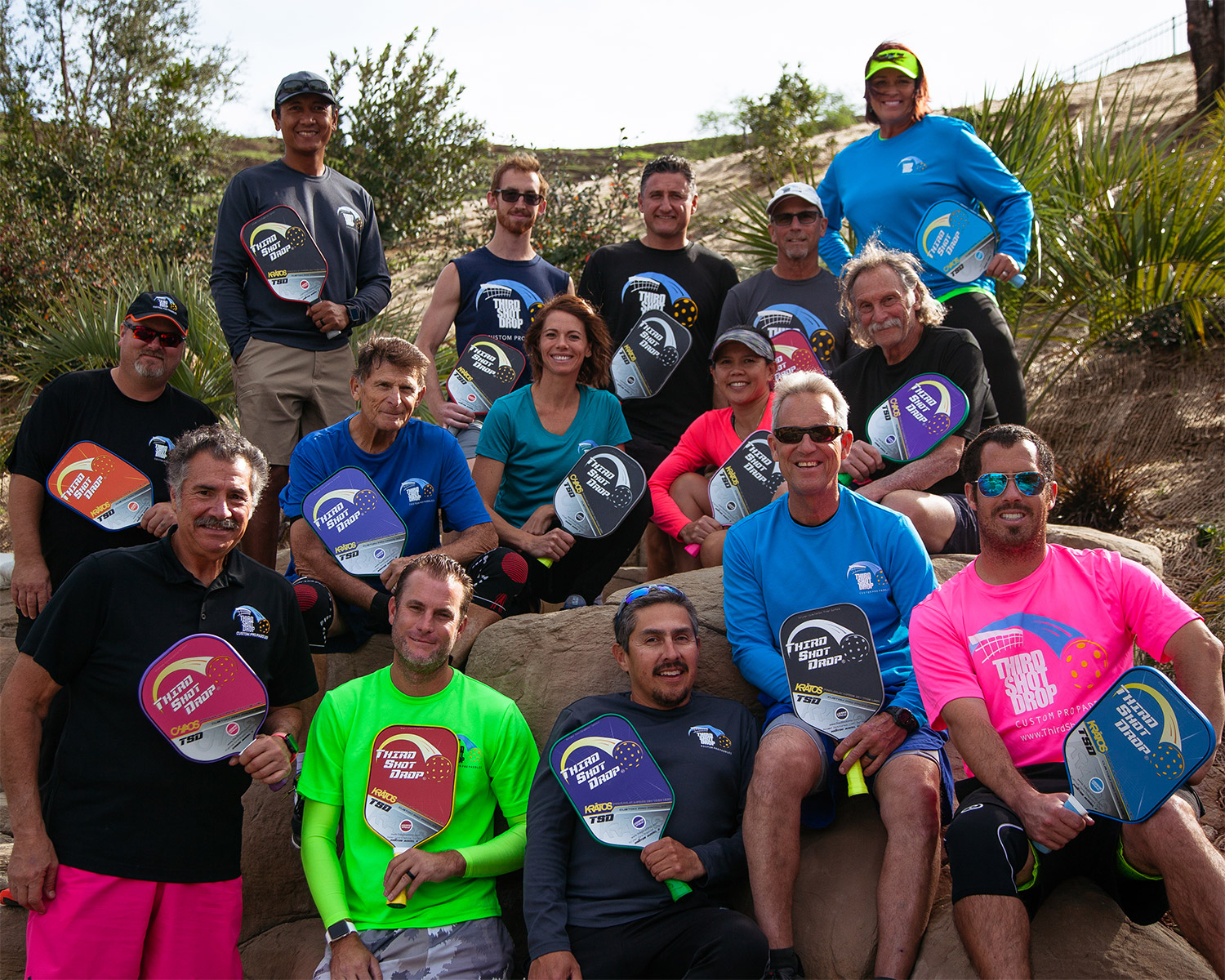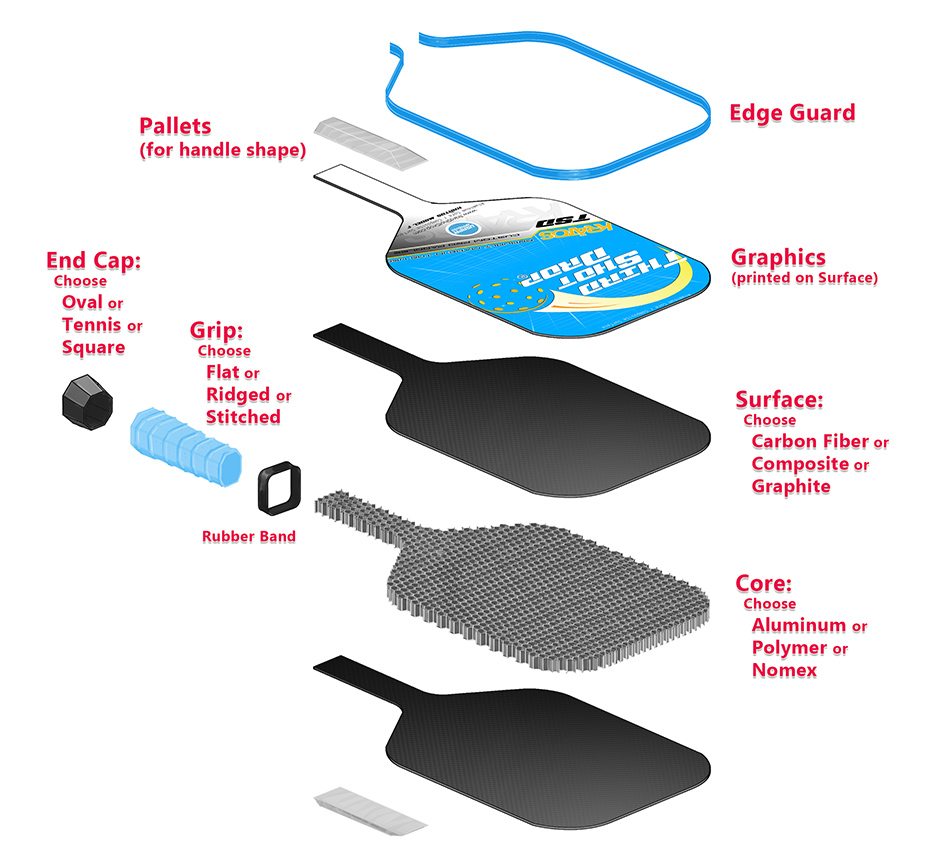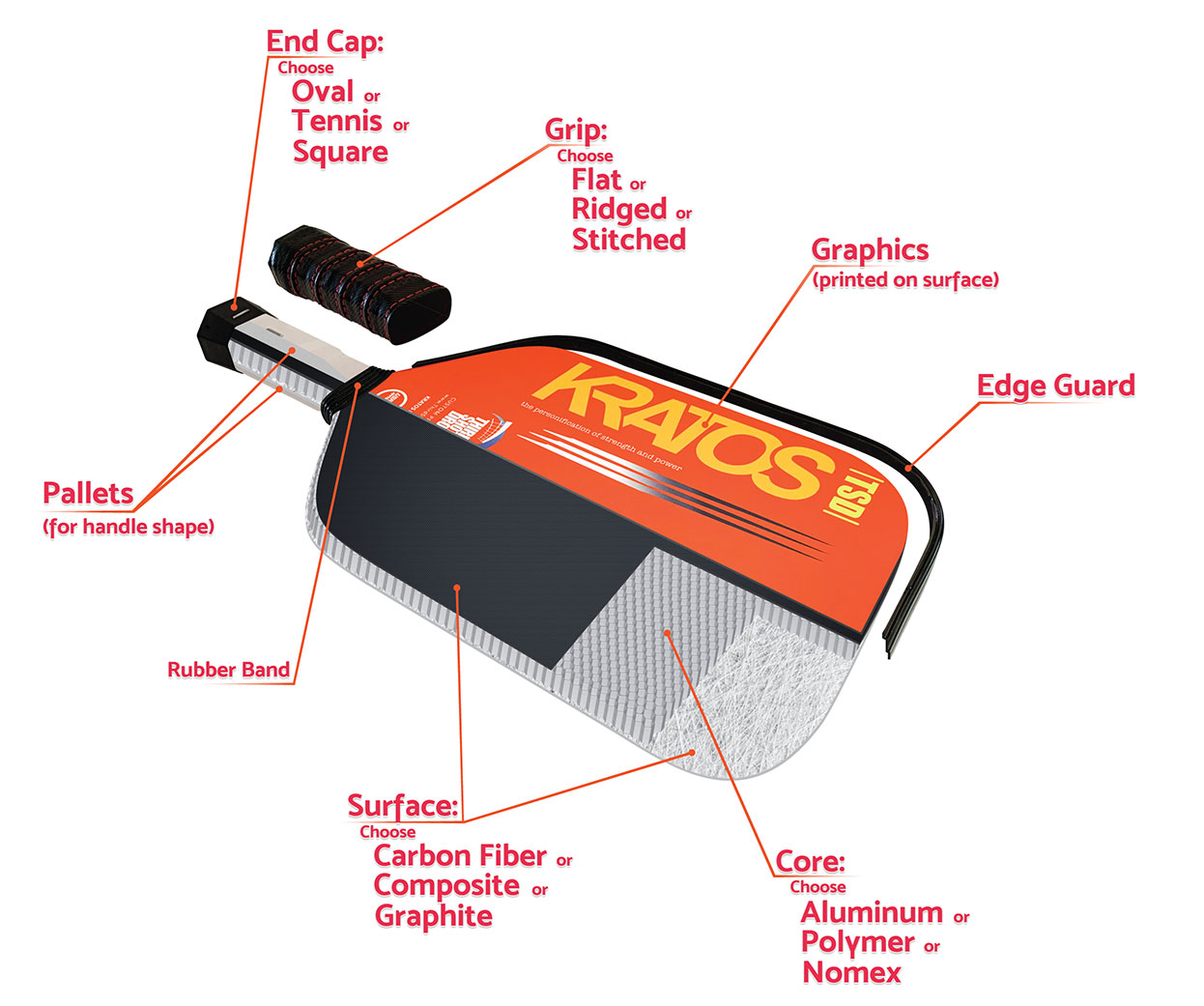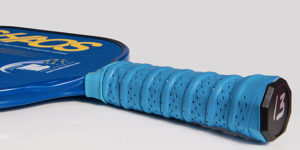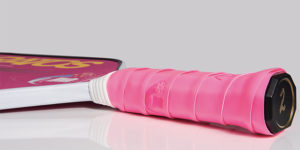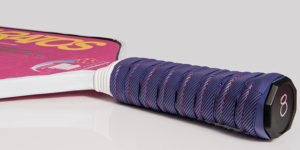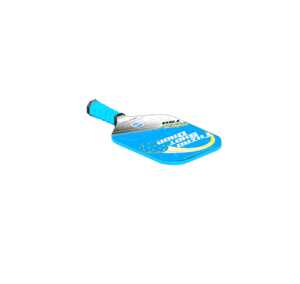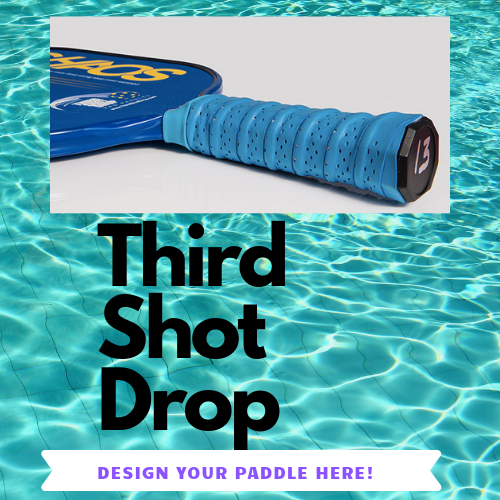Ball wars do happen. What do I mean by “ball wars”? These are disagreements that occur on pickleball courts over the type of balls being used. Some players prefer the Franklin ball, while others favor the Dura 40. Additionally, some players prefer the orange ball, while others insist on using only the green one. I’m referring specifically to outdoor balls, which are harder and have 40 small holes. In contrast, indoor balls have 26 holes, are softer, and are designed for gym floors, making them slower than outdoor balls. I’ve seen players switch balls mid-game, provoking their opponents when they discover that the ball they wanted to use is missing.

Pickleball may be simple to learn, but choosing the right equipment can make a big difference in your performance—especially when it comes to outdoor pickleballs. Unlike their indoor counterparts, outdoor balls are designed to handle wind, rougher surfaces, and the elements. But not all outdoor balls are created equal.
Let’s dive into the different types of outdoor pickleballs, what sets them apart, and how to choose the right one for your game.
Key Features of Outdoor Pickleballs
Outdoor pickleballs:
-
Have smaller, more numerous holes than indoor balls (usually 40 holes).
-
Are heavier and harder to cut through wind resistance.
-
Bounce lower and travel faster than indoor balls.
-
Tend to wear out faster due to the rougher court surfaces and impact.
With that in mind, here are the most popular types of outdoor pickleballs and what makes each one unique.
1. Dura Fast 40
Best for: Tournament play and experienced players
-
Feel: Hard and fast, offering consistent bounce and true flight.
-
Durability: Known to crack sooner than others, but widely used in official tournaments.
-
Playability: Favored by pros for its speed and precision.
Fun fact: The Dura 40 is the official ball of many major tournaments, including the USA Pickleball National Championships.
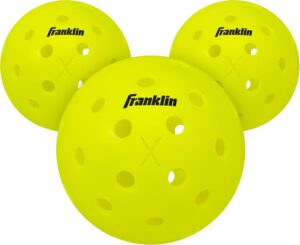
2. Franklin X-40
Best for: All-around players and clubs
-
Feel: Slightly softer than the Dura, but still fast and responsive.
-
Durability: More durable than the Dura, especially in hot weather.
- 3. Onix Fuse G2
Best for: Beginners and intermediate players
-
Feel: Softer and quieter with a slightly higher bounce.
-
Durability: Highly durable and less prone to cracking.
-
Playability: Easier to control, making it great for learning and casual play.
The Fuse G2 is a comfortable option for players transitioning from indoor to outdoor play.
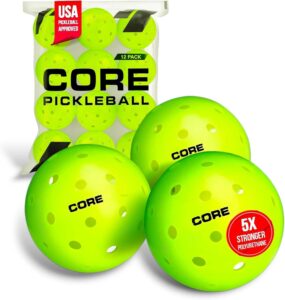 CLICK HERE FOR PRICE
CLICK HERE FOR PRICE
4. CORE Outdoor Pickleballs
Best for: Durability and value
-
Feel: Similar to Franklin, but with a slightly firmer touch.
-
Durability: Designed to withstand high impact and rough surfaces.
-
Playability: Consistent bounce and good visibility, especially in yellow or neon.
CORE balls are growing in popularity due to their balance between pro-level performance and long-lasting play.

Choosing the Right Outdoor Pickleball
When selecting a ball, consider:
-
Your skill level: Beginners may prefer softer, slower balls for easier control.
-
Playing conditions: Harder balls perform better in windy conditions.
-
Frequency of play: If you play often, look for a ball with a reputation for durability.
-
Tournament rules: If you’re playing competitively, check which balls are USAPA-approved.
The best outdoor pickleball for you depends on your goals and playing environment. Whether you’re a weekend warrior or aiming for tournament gold, experimenting with a few types is the best way to find your match. Remember—your paddle and your strategy matter, but so does your ball.
🇺🇸 Made in USA Pickleball Gear
Comparison Chart
| Brand | Product Type | Made in USA? | Notes |
|---|---|---|---|
| Selkirk Sport | Paddles | ✅ Yes | Premium paddles made in Idaho. Trusted by pros. |
| Paddletek | Paddles | ✅ Yes | Made in Michigan. Great for control and feel. |
| Engage | Paddles | ✅ Yes | Designed and produced in Florida. |
| GAMMA Sports | Paddles | ✅ Mostly | Innovative tech; made in Pittsburgh. |
| Franklin | Balls | ❌ No | Manufactured in China. |
| Dura | Balls | ❌ No | Formerly USA-made, now produced in China. |
| Onix | Balls & Paddles | ❌ No | Designed in the US, made overseas. |
| American Giant | Apparel | ✅ Yes | Durable athleticwear, made entirely in the USA. |
| Locale Pickleball Co. | Apparel | ✅ Some items | Small brand. Check tags for origin. |
And then there are indoor balls
🏠 What Makes Indoor Pickleballs Different?
Indoor pickleballs are built specifically for smoother, hard court surfaces with no wind or weather interference. Here’s how they stand out:
Key Features:
-
Fewer holes: Usually 26 larger holes (vs. 40 smaller ones in outdoor balls)
-
Softer plastic: Makes for slower play and better control
-
Quieter: Less noise during rallies—great for gyms and shared spaces
-
Higher bounce: Helps compensate for slicker surfaces
🔵 Top Indoor Pickleballs (and How They Compare)
1. Jugs Indoor Pickleballs
-
Feel: Soft and lightweight
-
Bounce: Higher than most—great for slower indoor courts
-
Durability: Very durable; holds up well on hardwood and tile floors
-
Best for: Beginners, casual play, and schools
📝 Note: Jugs are not USAPA approved for tournament play—but they’re a fan favorite for recreational use.
CICK HERE FOR PRICE
2. Onix Fuse Indoor Pickleballs
-
Feel: Slightly firmer than Jugs
-
Bounce: Consistent with a smooth feel
-
Durability: Excellent; designed for extended indoor use
-
Best for: Competitive recreational players, clubs, and training
📝 The Onix Fuse Indoor ball is USAPA-approved, which makes it a solid pick for league play.
3. Franklin X-26 Indoor Pickleballs
-
Feel: Very balanced—between soft and firm
-
Bounce: Consistent, slightly lower than Jugs
-
Durability: Good; may crack over time with heavy use
-
Best for: Players who like a bit more control and quieter hits
📝 Great for controlled rallies and technical play indoors.
4. CORE Indoor Pickleballs
-
Feel: Firm and responsive
-
Bounce: Consistent and slightly livelier
-
Durability: Designed for high-usage environments like rec centers
-
Best for: Players transitioning from outdoor to indoor
📝 A newer player in the market, but gaining popularity quickly.
⚖️ Indoor Ball Comparison Chart
| Brand | Holes | USAPA Approved? | Bounce | Durability | Best For |
|---|---|---|---|---|---|
| Jugs | 26 | ❌ No | High | High | Beginners, schools, rec play |
| Onix Fuse | 26 | ✅ Yes | Medium | Very High | Clubs, leagues, consistent play |
| Franklin X-26 | 26 | ✅ Yes | Medium | Moderate | Technical/control players |
| CORE | 26 | ✅ Yes | Medium-High | High | Versatile indoor players |
🎯 How to Choose the Right Indoor Pickleball
-
New to the game? Try Jugs—they’re forgiving and fun to play with.
-
Want tournament-ready play? Onix Fuse or Franklin X-26 are safe bets.
-
Looking for all-around durability? CORE Indoor or Onix Fuse are your go-tos.
So there you go. I remember the days when we were just happy to have a jug ball, but times have changed, pickleball has advanced, and so have the players.
Keep playing pickleball.
Thanks for reading,
Terry Ryan
A.K.A. Pickleball Terry

- © 2025 Sarasota Pickleball Organization | All rights reserved
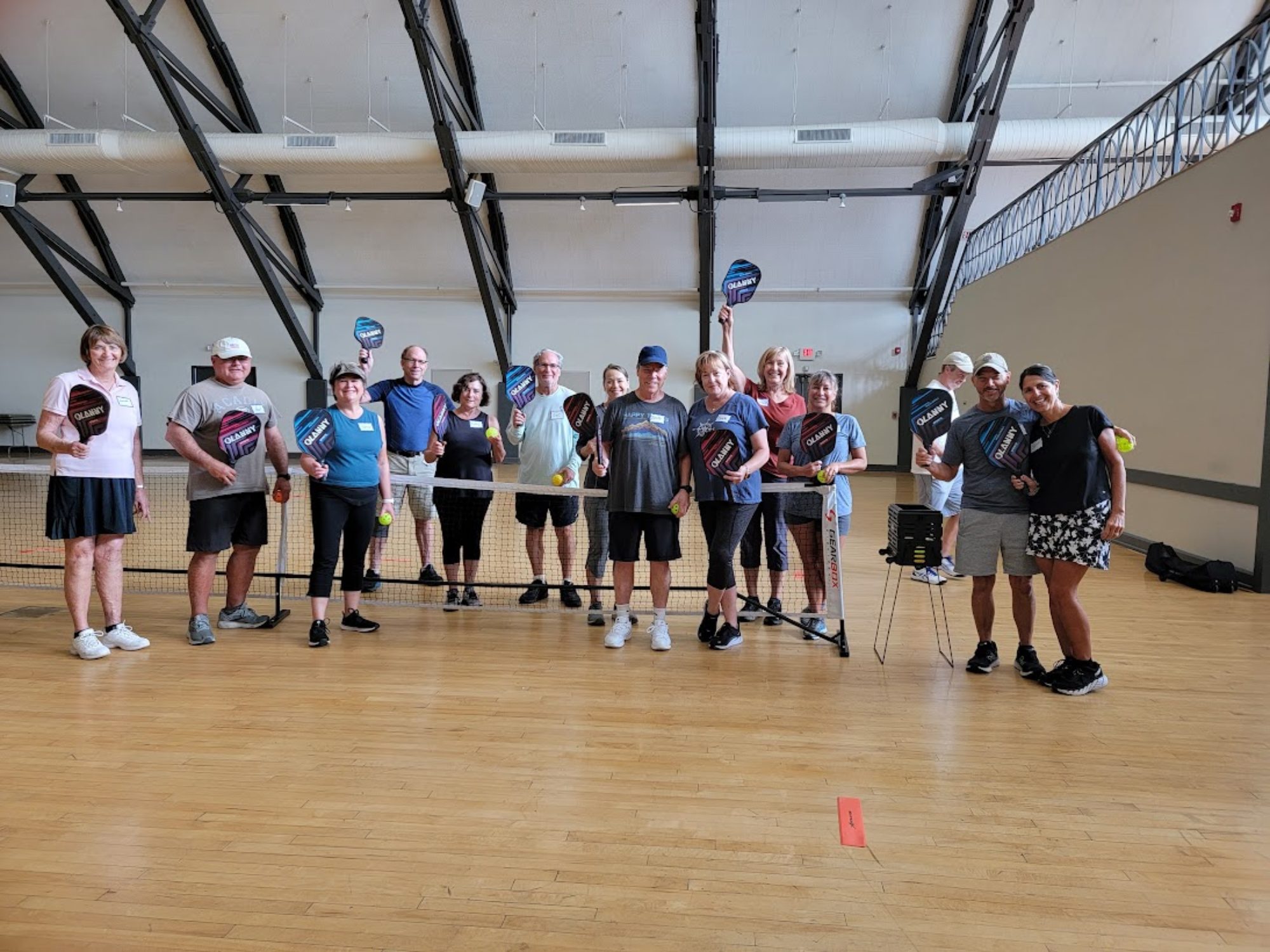
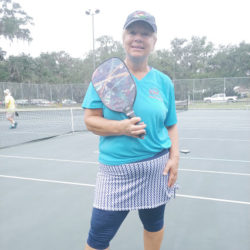
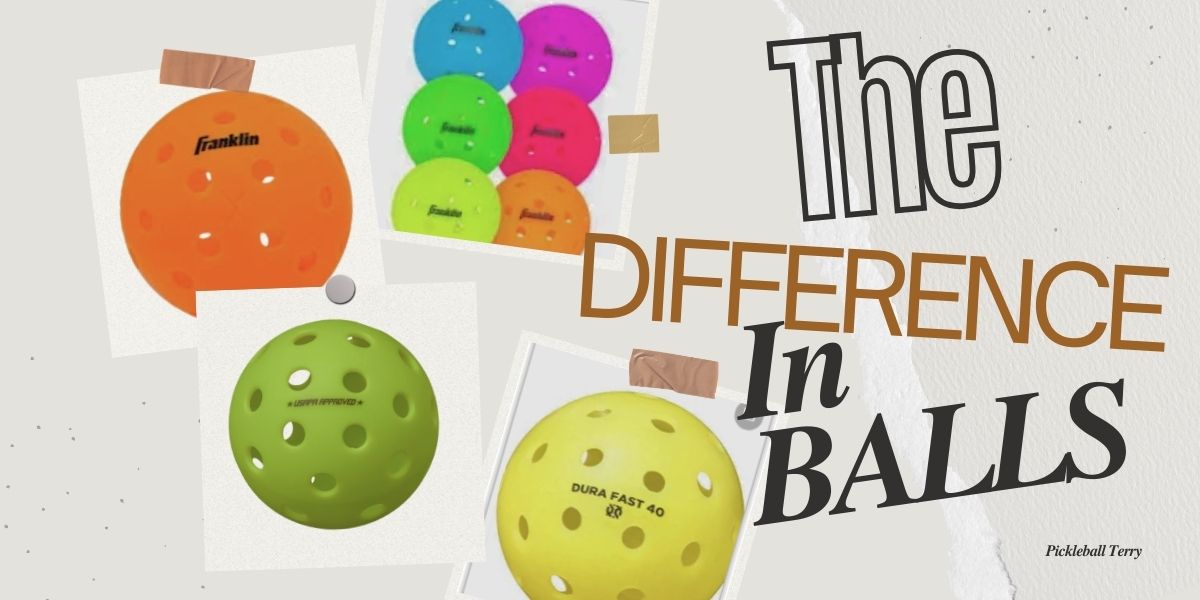
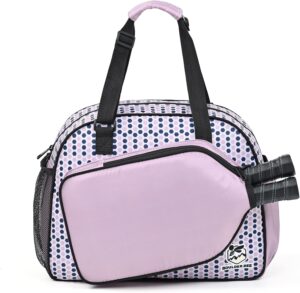
 CLICK HERE TO SEE PRICE
CLICK HERE TO SEE PRICE Click here for price
Click here for price
